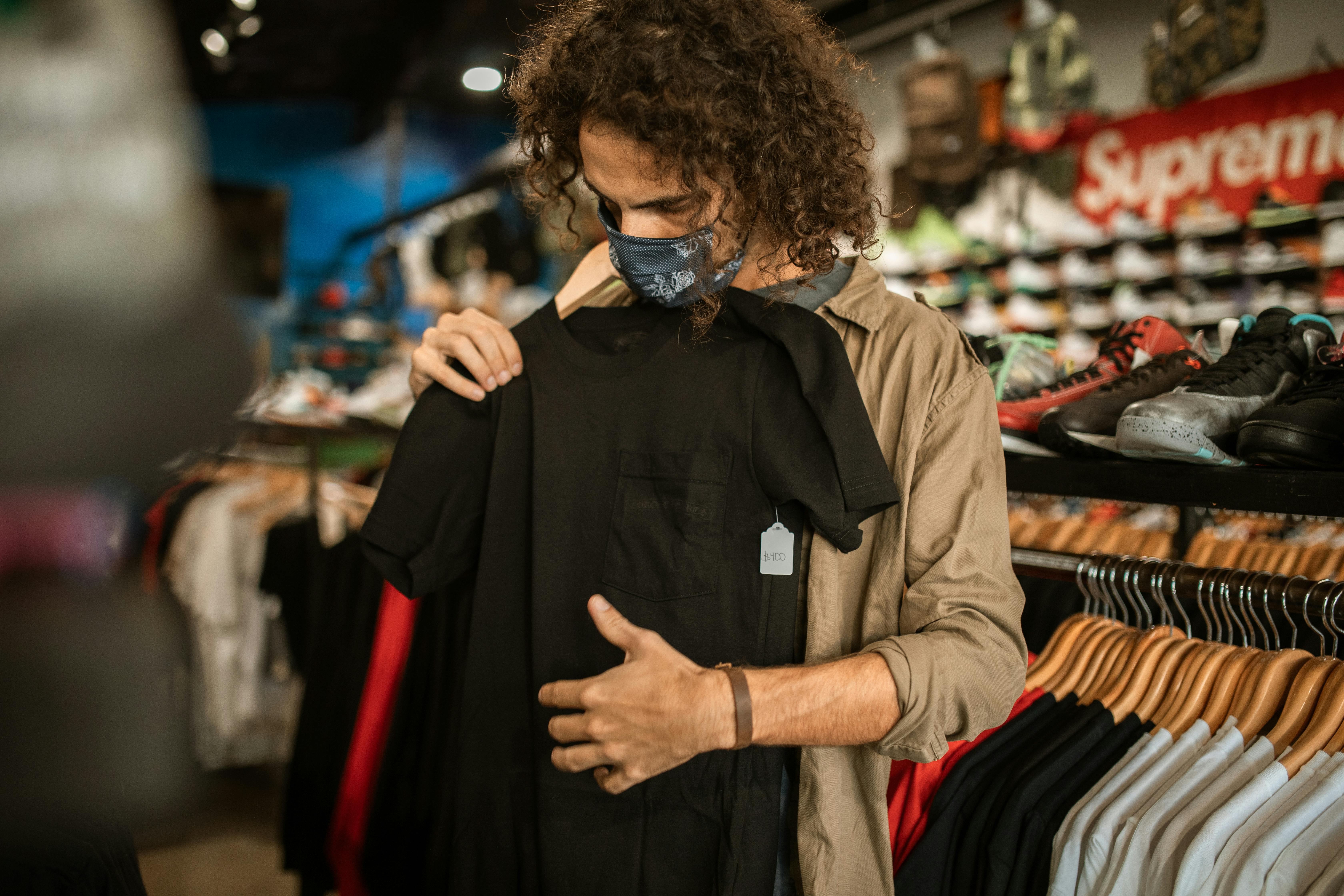In the 1950s, “Customer Service” didn’t even exist. It was part of the fabric of how everyone did business, but no one talked or wrote about it. It meant a hardware store or grocery store clerk carrying his shopping bag to his car. It meant that the milkman delivered dairy products directly to your door. It meant receiving a handwritten thank you note from the local mom and pop store for the purchase of a poodle skirt for the big dance.
Some time after this, the service changed and became a bit confusing as we focused on other priorities: paying attention to civil rights, international conflicts, and equal treatment at work and at home. Businesses simply tried to survive, and as the more traditional structure frayed, service became more rushed and less personal.
Customer service came back with a bang in the 1980s and 1990s, and with it came CRM: customer relationship management. Paper-based customer diaries—customer purchase records, preferences, and personal information—began to move online. Trends were tracked. Segmentation was used and exploited. It was all about “surprise and delight,” and both companies and customers benefited for a time. It should be noted, however, that this was a milestone on the road to loss of privacy.
Over time, it became more and more difficult to surprise and delight…companies calculated that this cost more than they had planned. Customers realized that their standards and expectations had risen, and became tired and disillusioned as companies could not meet these expectations. Fortunately, customer experience came along and the ‘wow’ was reintroduced. In this new era, it was no longer enough to provide a complimentary wrapper for that special jewelry purchase, or to know that your best customer’s dog’s name was Fluffy Magoo. Providing a great customer experience meant that the complimentary gift wrap had Fluffy’s photo printed on it. It meant that whether the customer was shopping in the store, on their laptop, or from his smartphone, Fluffy’s wish list was accessible. It meant that a purchase from this wish list would result in a 5% donation to the local animal shelter by the company. The stakes were higher, and the new ways to reach and impact the customer were innovative and exciting, and again, expensive. It is human nature to draw from the same. It is human nature to want something new. We ask ourselves what is better, what is different and what is next.
So while the customer experience remains strong, there will inevitably be a ‘next’, and companies will want to be there to welcome the future customer. What is this ‘next’?
To set the stage, let’s talk about Social Influencers. In the mid-1980s, my high school Social Influencers were two young women, let’s call them Annie and June, who couldn’t have been more different from each other, but equally revered and watched for their sense of style and demeanor. Annie was from a wealthy family and was known for her blonde hair that always looked perfect on royal salon visits (most of us went to SuperCuts mall to take our chances) and for having all the colors (14!) of Izod. Lacoste (now known as Lacoste) crocodile polo shirt that I had purchased in a larger city (our small town only had two colors at the local Bon-Ton). She was preppy and managed to pull off the “pink and green” color scheme that was so popular, without coming across as vulgar. She was always smiling, she never swore, she had a million friends (today’s “squad”) and all her teachers loved her. She was the Taylor Swift of her day and what I would call an “active” influencer. June, on the other hand, wore the same pair of faded Levi’s every day (but they fit like Brooke’s Calvins), had frizzy, unruly hair, rarely wore makeup, and had a pose reminiscent of James Dean (June? Dean?). She was super smart, a bit standoffish, and a bit unpredictable. I think people, including her teachers, were a little afraid of her. She was super cool without even trying. She was the Nasty Gal Sophia Amoruso of her time. She was a “passive” influencer, as she never talked about herself, her clothes, or her friends.
I admired them both, and I still wear Levi’s at the age of 51 (I have both old and faded, and new and darkly sharp). And I have a white and a lime green Izod shirt neatly folded in my closet, which served me well this summer. Annie and June, after all these years, you still have influence.
Why are Social Influencers important and what do they have to do with the next wave of Customer Service and Customer Experience?
This next wave is what I call Consumer Fusion. Why ‘Consumer’ and not ‘Client’? Customer implies a purchase, an exchange of money for goods or services. Consumer is broader: you can consume something (a free play in Central Park, a sunset on Cape May beach), without expressly paying for it, and without realizing in some cases, to what brand or company or institution you have to thank for consumption. You need (or want) the brand entity, and the brand entity needs and wants you. Symbiosis, especially if recognized and measured, will lead to a deeper understanding of the cause and effect of actions, both large and small, on the health, profits, and perception of the brand or company. Entities that can adequately capitalize on this merger will benefit.
There would be a “Merge Score”, the number resulting from the measurement of the symbiotic relationship between a customer (Consumer) and a brand, in a sense, the “perceived health” of the relationship. Did the brand host an outdoor concert for teens, and three days later saw a spike in sales? Did a pop artist who performed at that concert wear that same brand’s sparkly one-shoulder sweater and gain another 100,000 Twitter followers? His Fusion Score goes up 3 points. Does this artist a week later, while wearing the same sparkly sweater, she tips badly at Hollywood’s hottest restaurant because she had a salmon dish that she tasted bad (and tweets about it)? Their joint Fusion Score goes down, because although the restaurant is to blame for the lousy fish dish, the pop artist blamed the waiters, when it was the kitchen’s fault, which made the artist look petty. Her Fusion Score just dropped 8 points, as did the artist’s Fusion Score with the sweater brand.
You may be thinking…what does this have to do with me or the average person? We’re not pop stars or makeup bloggers with a million followers… why should I care? Well, just as Annie and June, ordinary young women from a small town, can be influential people (even 35 years later), so can you. And it’s important to realize that you can be active or passive, and still be an influence. You can be extroverted or introverted. You can shop totally and invisibly online, or be highly visible at your local malls and boutiques, in person. You can be a party animal or a participant in the poetry reading.
Companies and entities still need to worry about their brand perception with everyone, not just Taylors and Sophias. You matter. You have the power to shape what those brands spend, create their products, give their charitable contributions and pay their employees. You vote with your feet, with your wallet and with your voice. The brand can shape your image, your perceptions and your well-being, and in turn you do the same for it. Fusion. The future… not just FOR the customer, but WITH the consumer.



